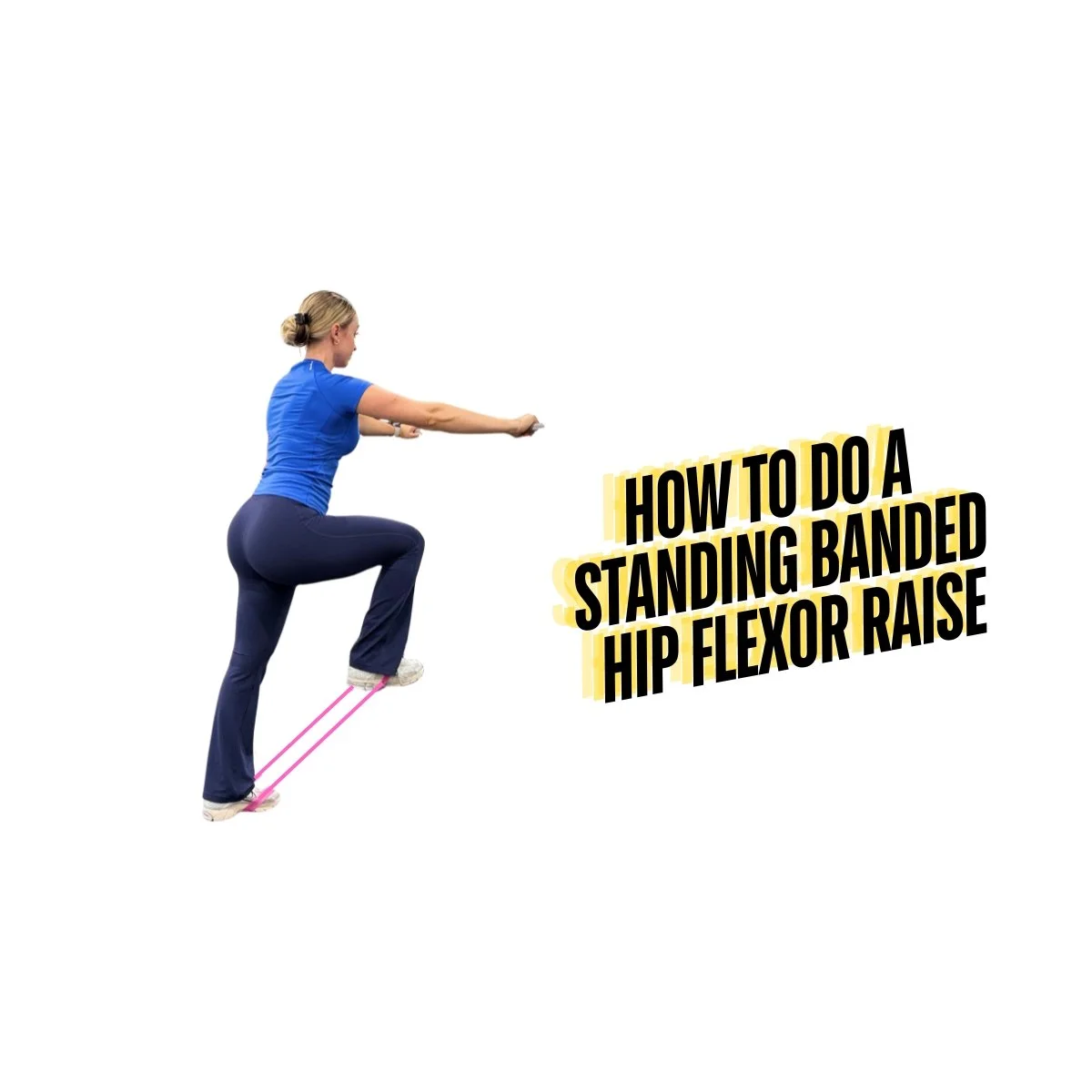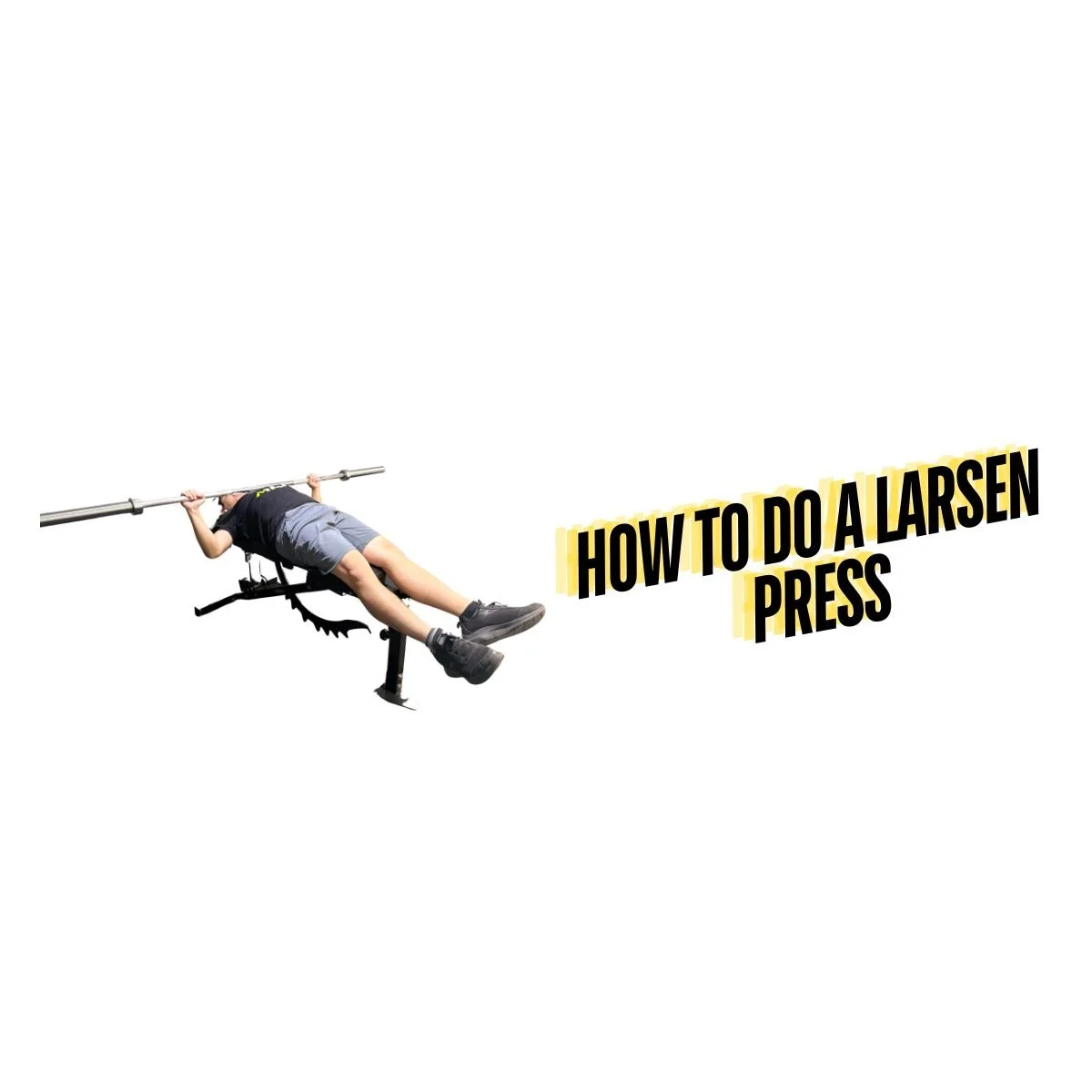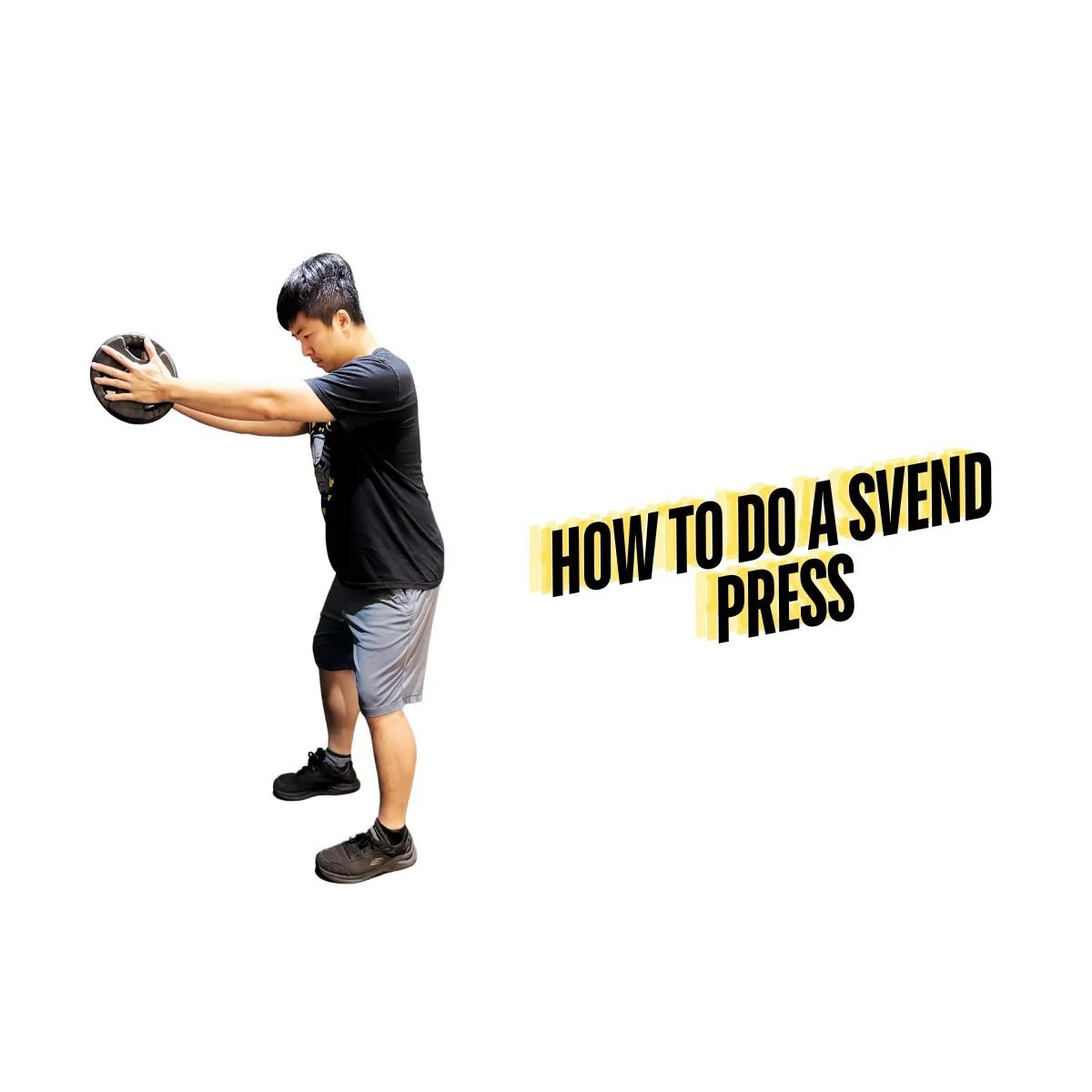Exercise Tutorial: Dumbbell Chest Press
Revised by Stephanie Zaban (Registered Kinesiologist & Masters of Kinesiology)
Table of Contents
What Is a Dumbbell Chest Press
The Dumbbell Chest Press (commonly referred to as the dumbbell press) is a horizontal push movement commonly used to build upper body size and strength. This is a great alternative to the Barbell Bench Press that can provide a larger range of motion and requires greater stability with the use of two separate free weights, rather than one in the form of a barbell.
How to Do the Dumbbell Chest Press
To perform the Dumbbell Chest Press, follow these steps below:
Lie down face up on a bench, with your feet placed on the ground in a comfortable position. Your feet should not move throughout the press and should be pressed into the floor for stability.
Hold the dumbbells above you in each hand, with your wrist slightly extended so the weight is stacked over your forearm. Your palms should be facing towards your feet or slightly angled in towards each other. Your elbows should be straight, with your wrists elbows and shoulder aligned vertically.
Pull your shoulder blades down and back, as if you’re tucking them into your back pocket. This will set your shoulders in a more safe, stable position to push from. This may result in an arch in your spine, which is okay when it is in your upper (thoracic) spine.
Keep your chest tall and core engaged for stability throughout the movement. Lower the weight by bending your elbows keeping them about 45 degrees from your sides. Keep the weight directly stacked over your elbows.
Rather than just dropping the weight, think about pulling the weight towards you. Your back muscles play a key role in stabilizing the dumbbells throughout the movement, and this will help you keep good form and your shoulders in a good position.
Once your elbows are at or slightly extended behind your torso, press the weight back up to the starting position, keeping the wrists directly over the elbows.
Dumbbell Chest Press Form
When performing the Dumbbell Chest Press, the wrist needs to stay stacked vertically above your elbow to allow the pressing muscles to work efficiently. It is a common mistake to allow the weight to collapse in towards the midline while lowering the weight, forcing the triceps to work much harder and making the weight extremely unstable.
Additionally, keeping your shoulder blades pulled back and down, particularly at the bottom of the movement, is important to keep your shoulders from rolling forward. Because of the large potential range of motion of the Dumbbell Chest Press, it is important to emphasize shoulder stability and keep it from entering an internally rotated position while the arm is extended. Only lower the weight to a point where you can keep your shoulders from internally rotating, before pressing the weight back up.
Dumbbell Chest Press Muscles Worked
The Dumbbell Chest Press works the muscles primarily involved in push movements including:
Dumbbell Chest Press Benefits
The Dumbbell Chest Press is a great exercise for overall strength, size and power development of the upper body muscles. The stable lying position on the bench allows you to lift heavy loads for maximum development of the muscles mentioned above.
With the dumbbell version of this movement, the increased range of motion and stability required compared to a barbell makes it an excellent option for stimulating muscle growth as well as developing muscular control.
The Dumbbell Chest Press can also help correct any left to right imbalances because each arm must perform the movement separately, and one side cannot compensate for weakness or instability on the other side.
Why Is the Dumbbell Chest Press Useful
The Dumbbell Chest Press requires minimal equipment, can be used as a progression or regression of other push movements, and has a wide range of variations to increase variety and training stimulus for the upper body muscles.
This is a great foundational push movement to include in any exercise program. It can help teach proper pressing form, included in HIIT or interval workouts, or loaded with a heavyweight to develop muscle mass and explosive strength and power.
Dumbbell Chest Press Variations
Incline/Decline Dumbbell Chest Press
Similar to the Barbell Bench Press, the Dumbbell Chest Press can be performed in incline and decline variations to change the stimulus on the muscles worked. See HERE for the difference between incline and decline pressing variations.
Alternating Dumbbell Chest Press
Perform the Dumbbell Chest Press with one arm while the other arm remains extended in the starting position.
Single Arm Dumbbell Chest Press
Placing your hand on your stomach muscles can be a helpful cue to engage the core muscles to maintain stability. Place one hand on your stomach while performing the Dumbbell Chest Press with the other hand.
Dumbbell Floor Press
Instead of performing the Dumbbell Chest Press on a bench, lie flat on the ground with your legs straight out, or bent with your feet flat on the floor. Lower the weight until your elbows touch the ground, then press the weight back up to the starting position. The dumbbell floor press can be used to emphasize the triceps contribution, minimize leg drive, or as a regression for those who lack stability in the bottom position of a regular Dumbbell Chest Press.
Dumbbell Larson Press (Feet Up)
Perform the Dumbbell Chest Press with your legs extended straight out with your feet out or with your legs bent and your feet up on the end of the bench. This requires increased stability from the upper body and takes away the ability to use leg drive to help lift the weight.










